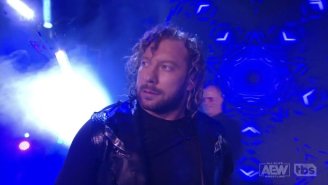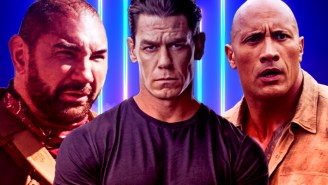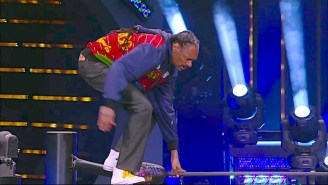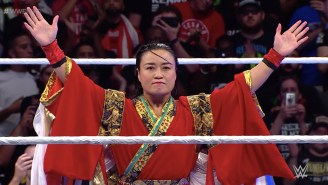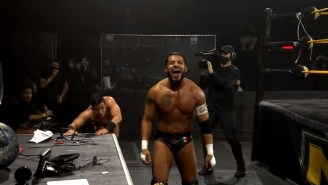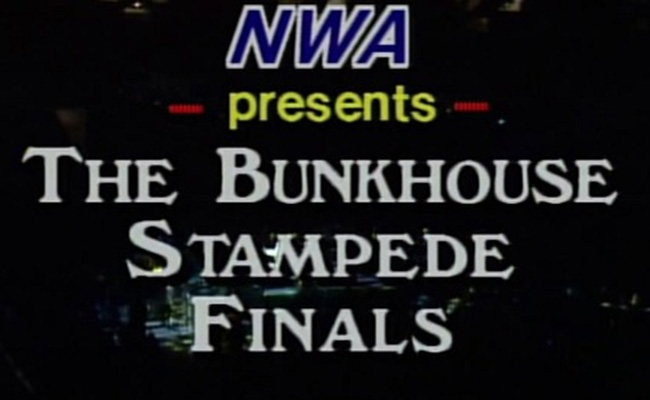
Thirty years ago this week, on January 24th, 1988, the World Wrestling Federation aired the very first ever Royal Rumble on the basic cable channel USA Network. On the very same day, Jim Crockett Productions aired its annual Bunkhouse Stampede on pay-per-view.
It would end up being the last Bunkhouse Stampede for Jim Crockett Productions. Before 1988 was over, Jim Crockett Productions would be no more.
This is that story.
First Things Not First
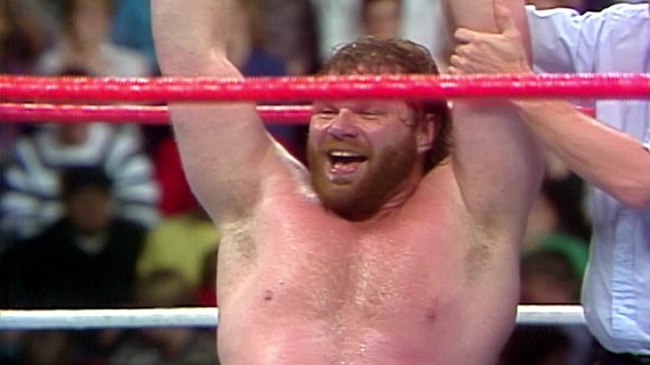
ugh
The Royal Rumble that aired on the USA Network is not technically the “first” Royal Rumble.
The special event was the brainchild of longtime WWF/WWE executive Pat Patterson. The rules were simple, or simple enough, and they’re rules that you know well by now: Each wrestler blindly chooses a number between one and 20. The No. 1 and No. 2 entrants would begin the match while the other participants would join the match every two minutes, in the order of their drawn number. Participants were eliminated when their opponents tossed them over the top rope and both of their feet touched the floor. The winner would be the last man standing.
It was an inspired twist on an old favorite, the battle royal, but with a new dynamic. The Royal Rumble kept the action high but easy to follow, allowed for multiple story lines to be told at once, and kept the element of narrative surprise going throughout the entire nearly 60 minute running time.
But much like a new Broadway play makes a stop in Chicago or Philadelphia before debuting on The Great White Way, the Royal Rumble had a “test drive” in St. Louis, Missouri on October 4th, 1987. The One Man Gang won by tossing out the Junkyard Dog and being declared the inaugural champion.
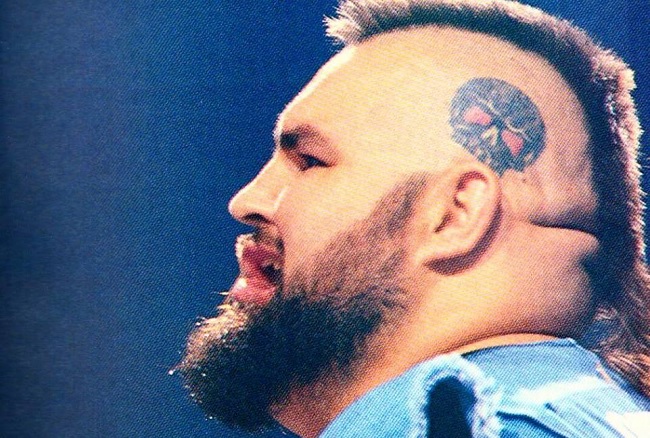
The only thing more ironic than a guy named “One Man Gang” winning against 19 other combatants is that the first Royal Rumble was an unmitigated box office disaster, drawing only 1,976 paying customers.
To give you a sense of how bad that was even in 1987 money, a movie by the name of Spookies grossed $17,785 in theaters that year. Go ahead and peep the trailer below and tell me you wouldn’t deny the existence of that first Rumble as well.
In comparison, at the Bunkhouse Stampede in 1987, the National Wrestling Alliance (through Jim Crockett Productions) set a new attendance record in Pittsburgh, with 16,600 watching Dusty Rhodes win in the finals against Big Bubba Rogers.
Blood and Bronze
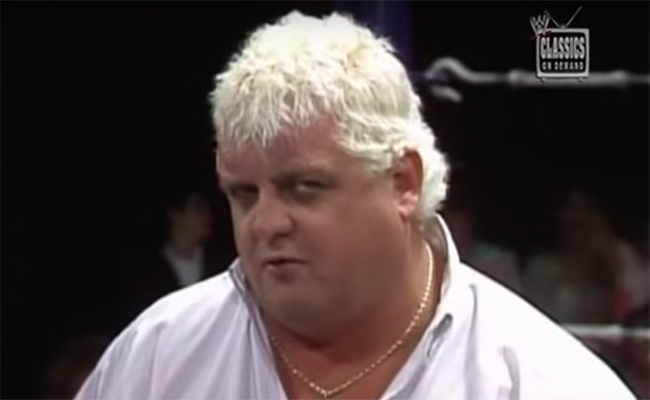
Similarly, Dusty Rhodes also conceived of a twist on the battle royal as a way to stir up interest in Mid-Atlantic Wrestling, which was the original name of Jim Crockett’s territory. Dusty had recently taken over the job as booker for Jim Crockett, and was keen to make a good impression, as it was easily the biggest territory that Dusty had been put in charge of at that time. The booker was responsible for all of the storylines for the wrestlers, the finishes to the matches, and the big live events that drove the financial success of the company.
A huge star in his own right who had already main evented Madison Square Garden for the WWWF Heavyweight Championship against Superstar Billy Graham (this article, like wrestling, is filled with irony because you can hear Vince McMahon all over this feud, as well). Ah, hell, let’s just watch a promo and a match, because Dream in his prime is awesome.
Sweet Jesus, I love him so much. What are you even babbling about here, Big Dust? It’s like he’s auditioning for Jimmie Walker’s role in Good Times and he is killing it.
Oh my god, will you look at that incredible spot where Dusty is throwing left handed jabs at Superstar in the corner? The American Dream on his knees has more charisma than most wrestlers standing up. Dear Lord, I would run through a brick wall for this man.
Anyway, initially, the Bunkhouse Stampede was also delightfully simple: A battle royal, but with the violence turned way up. This “wrestling match in street clothes and weapons” was the grandfather to a lot of the deathmatches we saw rise to prominence with ECW, Combat Zone Wrestling and even backyard wrestling. In creating the Bunkhouse Stampede, Dusty was looking for a way to be bigger, bolder, and badder.
While the concept of a “street fight” or a “Texas Death Match” wasn’t unheard of in wrestling in this era (Vince literally uses the term in the video above), a street fight where the entire locker room got invited to participate was certainly a new spin on an old bloodbath.
Heel wrestlers were encouraged to use the weapons in the ring that usually got them disqualified, and babyface wrestlers got to show how tough they could be by evening the odds with steel-toed cowboy boots, leather straps and trash can lids. For the predominantly Southern, blue collar fan base, the Bunkhouse Stampede was a tough guy free-for-all that ended with their favorite champion bloodied, exhausted and victorious.
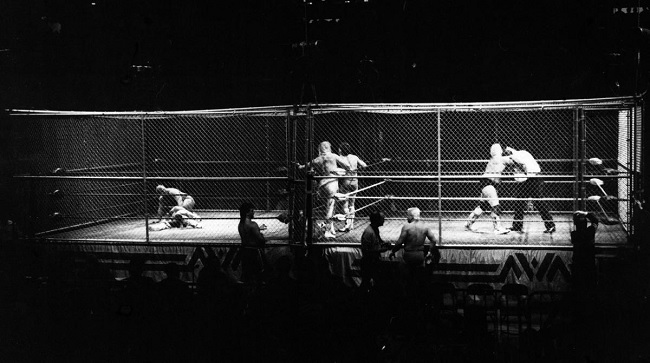
By why stop at just one death match when you can have a bunch of ’em!
Jim Crockett Promotions went on to have several Bunkhouse Stampedes at house shows in the prior weeks leading up to the championship, where all the previous weeks’ winners would compete in one final Bunkhouse Stampede. Here is where the first whispers of hubris began to lightly trickle stardust into The American Dream’s ear.
Dusty Rhodes won The Bunkhouse Stampede in 1985. Then he won it again in 1986. This was not the worst thing in the world. The Son of A Plumber was a bonafide superstar, and the most over good guy in the company, bar none. I mean, look how much the audience loves this guy in a cage match:
But instead of maybe — and I know this is crazy — letting someone else win The Battle Royal Virgil Runnels Built, Dusty started to tweak the format that had made the special event successful in the first place.
In 1987, in lieu of having all the champions meet in a final match to determine the winner, the format was adapted so that whoever won the most matches would be declared the victor, because there is nothing wrestling fans in the Deep South of the late 1980s love more than complicated math. That’s not a put-down, either. I’m from North Carolina. I hate math.
Before the entire Northern Hemisphere could say “Dusty Rhodes wins the Bunkhouse Stampede again,” Dusty booked himself and Big Bubba Rogers to be “tied” at the penultimate match in San Francisco (lol wut), the Road Warriors to be the last two members of that match, and then literally flipping a coin to see which one of them would eliminate himself to become the winner (LOL WUT) and therefore necessitating a “final two man Bunkhouse Stampede in a steel cage” to determine the overall winner.
All the while, Rogers’ manager, Jim Cornette, complains that Rogers should be the winner because although Rhodes and Rogers had the same number of wins, Rogers had won more money. Because most of the Stampede winners on the tour won $25,000 per match, but Rogers had won a $100,000 Stampede in Atlanta. (Did you get all that? Can you see why maybe this was a long way to go just to have “Dusty Rhodes wins the Bunkhouse Stampede again” and why everyone would hate it? I need a drink.)
If you need any further foreshadowing, just keep in mind that a) Dusty Rhodes won the Bunkhouse Stampede in 1988 as well, and b) the winners of the Royal Rumble get a shot at the heavyweight championship at WrestleMania, whereas the winner of the Bunkhouse Stampede gets a large bronzed cowboy boot.
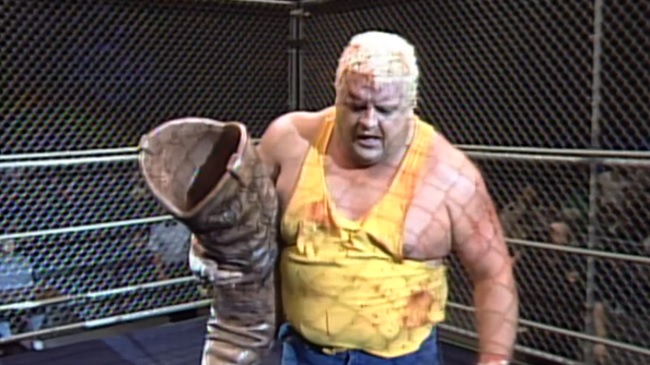
You guessed it: Dusty Rhodes used millionaire Jim Crockett’s money to buy himself a giant bronzed cowboy boot four years in a row. I am laughing so hard right now at reading that sentence that I can’t pull my shit together.
Hit Me With Your Best Shot
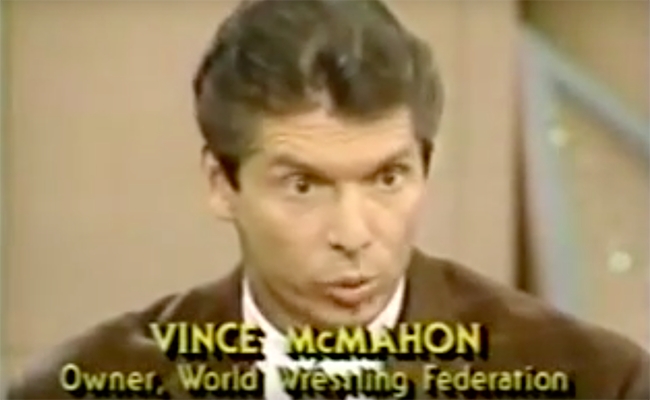
While the WWF was quietly embarrassing themselves in front of fewer people than went to my high school and Dusty Rhodes was painting himself into a corner with a bull rope brush tied into a Gordian Solie Knot, the real trouble had already begun brewing.
By 1987, Jim Crockett was serving his third term as NWA President and had gained control of Georgia Championship Wrestling, St. Louis Wrestling Club, Hearts Of America Sports Attractions, Championship Wrestling From Florida, and Bill Watts’ Mid-South Sports (Mid-South Wrestling and Universal Wrestling Federation), all in a desperate attempt to expand and keep pace with the WWF.
Vince McMahon had just taken a huge gamble in the form of WrestleMania, and had hit the jackpot. Crockett famously paid Vince McMahon one million dollars for both of WWF’s Saturday evening slots on TBS so that Crockett would have full control of all wrestling on Turner Broadcast Systems. McMahon needed the money to start his Saturday Night Main Event show on NBC. Legend has it that before the ink had even dried on the deal Vince told Jim Crockett that he would “choke on that million dollars.”
Convinced that a huge television money payday was soon forthcoming, Crockett began aggressively spending money on things like a second private jet, limousines for all of his stars and moving his longtime offices from Charlotte to Bill Watts’ old offices in Dallas. They increased overhead and began running shows in towns not completely familiar with their product and their talent. They had a national television show, but not a national fanbase. They ran shows in larger cities to smaller houses for less money in gate receipts, and further away from their base than they ever had before.
The first body blows came over Thanksgiving of 1987 — some landed by the WWF, some self-inflicted.
The first hit was the decision to move the traditional big Thanksgiving show Starrcade ‘87 from its rightful ancestral home in Greensboro, North Carolina to Chicago for the first time in its history (Fun Fact: tiny BOC and tiny Brandon Stround were at the exact same Starrcade as youths. It’s true. It’s damn true.)
The second hit was when the WWF decided to run the inaugural Survivor Series pay-per-view on the same night. Vince was going right after Crockett’s main holiday real estate.
Crockett blinked. He moved his annual event to Thanksgiving afternoon instead of evening so as to not to directly compete with Survivor Series, and instead ended up directly competing with Thanksgiving dinner. At this point, it was probably all moot, as the WWF had threatened every cable company that if they carried Starrcade ‘87 at all, the WWF would withhold all future PPVs, including the present year’s Survivor Series and next year’s WrestleMania IV. At this time, the WWF was No. 1 in the PPV business.
All but four PPV providers agreed to McMahon’s terms. With tepid gate receipts in Chicago and an insulted fan base unwilling/unable to purchase the show on pay-per-view, Starrcade ‘87 was a financial disaster compared to previous events.
The Beginning of The End
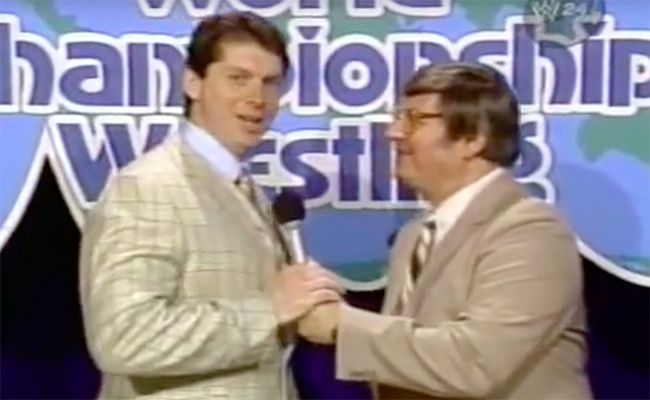
Blood was in the water. The WWF scheduled the “first”-ever Royal Rumble on basic cable, directly opposite the Bunkhouse Stampede PPV. Wrestling fans had the choice to watch an exciting, new, never-before-seen event for basically free, or pony up a bunch of green for the old, yet now more complicated version of “Dusty Rhodes wins the Bunkhouse Stampede again” … and guess who won the pony?
(Speaking of Jim Cornette, the Loudmouth from Louisville tells a great story about how poor management and scheduling had the Midnight Express going from Elberton, Georgia on Friday night to Lakeland, Florida on Saturday night and then to the Nassau Coliseum in Long Island, New York for the Bunkhouse Stampede pay-per-view on Sunday night — and the Midnight Express didn’t even have a match as a tag team on the show!)
If at this point you are saying, “Hey, BOC, if Jim Crockett Productions wasn’t drawing in Chicago, what the hell were they doing in Long Island? Isn’t the WWF, like, in New York?” then hold on to your bronzed cowboy boots, my friend. They were in enemy territory, the gate receipts were a paltry $80,000, and the card has been the most widely-panned PPV in NWA history.
The whole thing was handled so poorly that the folks who did pay to see the show didn’t get to see the whole show, because the NWA had to cut some of the preliminary matches to fit the entire event into the two-and-a-half hour hole they had dug for themselves. Oh, and apparently the Nassau Coliseum was freezing cold because, you know, January in New York.
Afterword
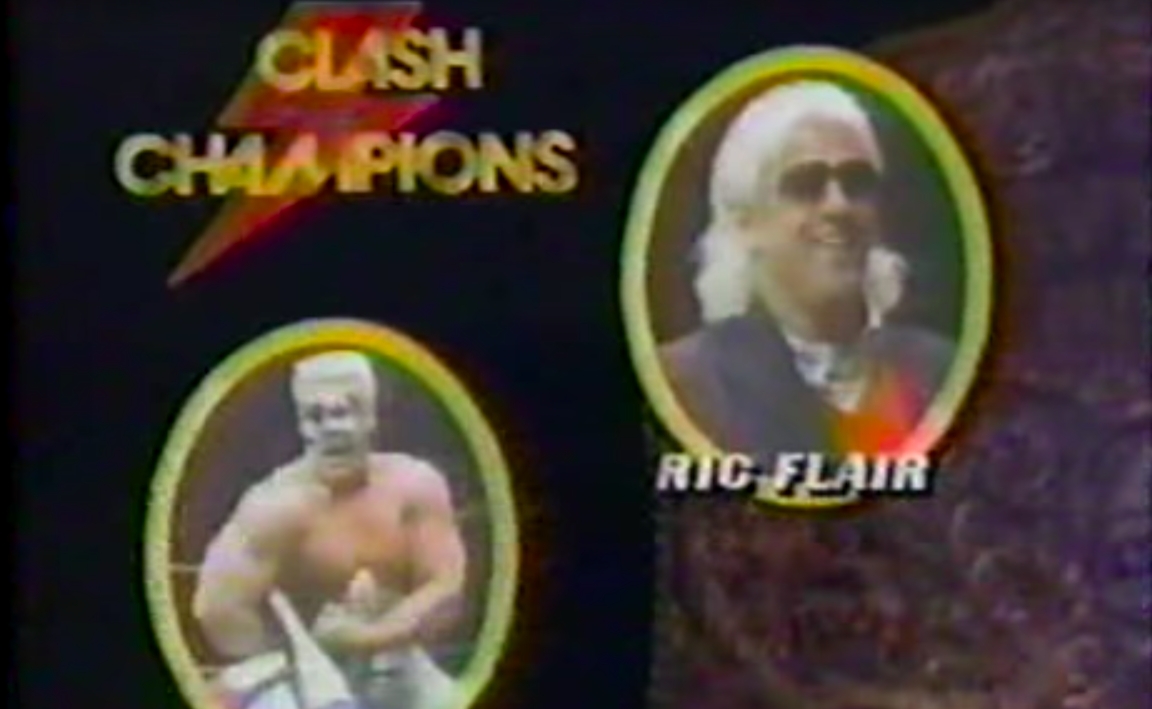
Crockett fought back and had a few flurries from the ropes but the damage had already been done. The fight was basically over. I mean, look for yourself, brother.
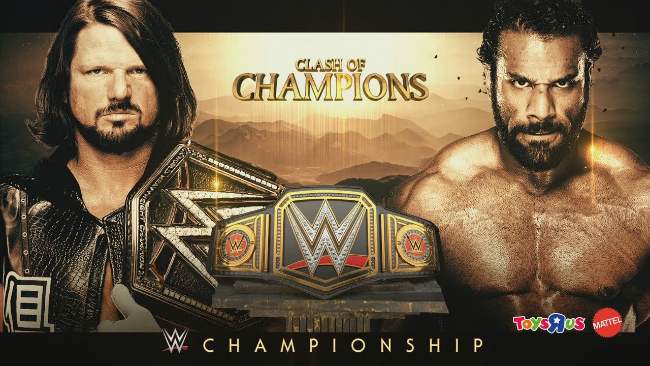
As revenge for Survivor Series, Crockett took a page from McMahon’s playbook and aired his own basic cable super show — the first-ever Clash of the Champions on March 27, 1988 on TBS (the same night as WrestleMania). However, Clash of the Champions was not even as highly watched as the WWF’s Saturday Night’s Main Event — the show that Vince McMahon started with Jim Crockett’s million dollars.
When Jim Crockett sold his company to Ted Turner, he was over two million dollars in debt. You can watch the Royal Rumble this Sunday, January 28th on the WWE Network for $9.99. You can watch the Bunkhouse Stampede on the WWE Network.

